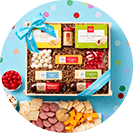How to Grow a Summer Herb Garden
Summertime is synonymous with sunshine. If you’re looking for a fun way to make the most of these lighter days, a fun, low-effort project is starting your own summer herb garden. You can grow herbs right at home, no matter if you live in a house with a huge backyard or an apartment with a small patio; herbs do great in garden beds or flower pots.
There are plenty of herbs you can plant that love the sun, and home-grown herbs can be used to enhance the flavors in lots of recipes you make at home. You can get herb plants from your local garden supply store, hardware store, or plant nursery, and even some grocery stores.
How to Plant Herbs
First, choose where you’d like to plant your garden. If you’re planting outside, choose a spot that’s close to your kitchen for easy access. If you’re planting inside, pick a sunny window sill for pots to live on.
If you’re planting indoors, make sure you have large clay or plastic pots on hand, plus good potting soil that drains well, and organic vegetable or herb fertilizer or compost to give your herbs the nutrients they need to stay healthy. If you’re planting outside, prepare the soil by turning it with a garden fork. This will let the water drain more easily and make room for the plants’ roots. Don’t forget to add compost or fertilizer here, too!
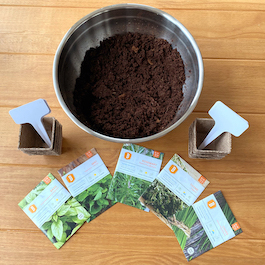
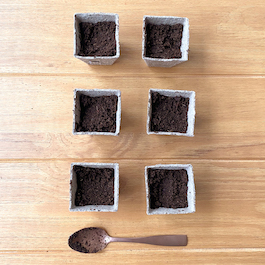
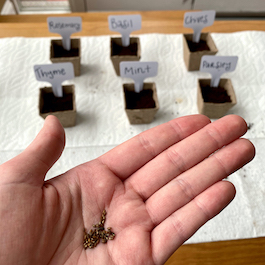
Dig a hole large enough to fit the plant. Remove plants from their starter pots, place in the hole, and gently pat soil around the edges to fill the hole. Make sure to water immediately after you plant. After that, you can water when the soil feels dry to the touch. Make sure to not overwater to keep your plants healthy and happy.
No matter if they’re inside or outside, herb plants should get at least 4 hours of sunshine a day to help them grow to their full potential.
How to Harvest Herbs
Once your plant is between 6 and 8 inches tall, you can start to harvest. Cut off about a third of the branches using pruning shears or sharp kitchen shears, making sure to snip close to a leaf intersection. This will help your plants regrow new leaves faster.
If you accidentally harvest more herbs than you can use, they can be saved to use in your cooking later! Chop them up and place in an ice cube tray, then top with olive oil and freeze. Or, freeze with water to add to drinks or cocktails all summer long (mint is great for this!)
Our Favorite Summer Herbs
There are plenty of sun-loving herbs that are perfect to plant during the summer months. Here are a few of our favorites.
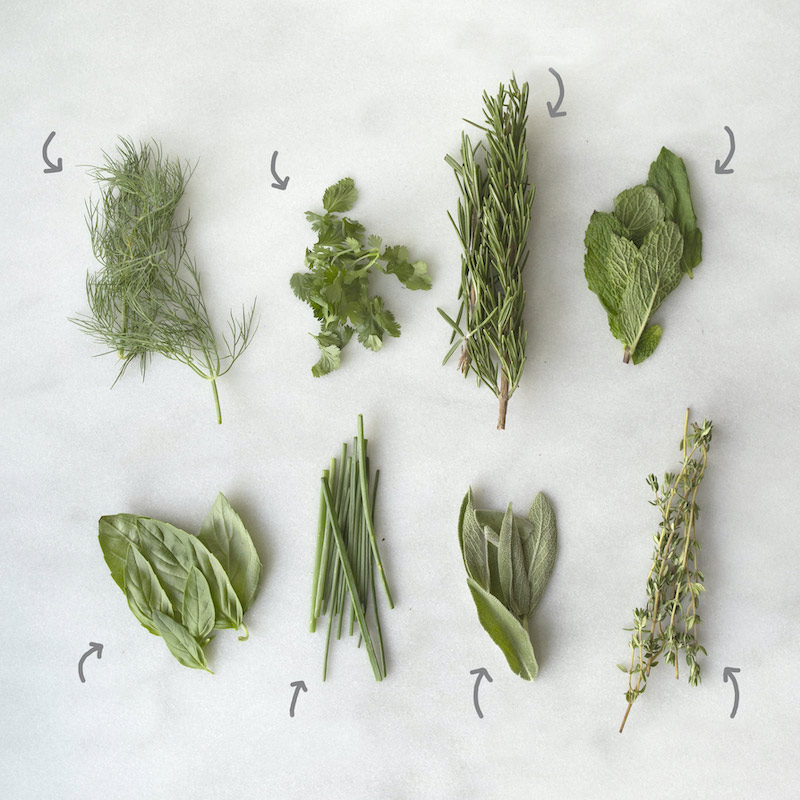
Basil
Basil is one of the most popular herbs to grow; it’s easy to grow, is super fragrant, and can be added to tons of recipes to boost the flavor. Just make sure to pick leaves regularly to encourage your plants to grow all summer long.
This summertime staple’s warm and spicy flavor works well in your favorite sweet or savory recipes. Pesto, Caprese salads, or summer pizzas will be in your future once your basil garden matures. Or, pair basil with strawberries to create and extra-cooling infused water perfect for the hottest summer days.
Chives
An herb that deserves more credit is the chive; they’re low-maintenance, high-yield plants that have a ton of uses. Chives do well in full sun, but they’ll grow pretty much anywhere you plant them. Bonus, chives also have a bright purple blossom that attracts pollinators and looks really pretty at the same time.
When it’s time to harvest, just take shears and clip the leaves one or two inches above the soil. Chives have a light onion flavor that you’ll love adding to your summertime salads, omelets, potato salad, and compound butters.
Dill
Dill does best when grown directly from seeds, it doesn’t transplant very well. As soon as your plants have 4-5 leaves, you can harvest. Just pinch off the leaves or cut them with shears.
These plants love the sun, and will add a nice aromatic flavor to recipes. Dill’s brightness pairs well with fattier dishes, like in butter-based sauces or cream-based dips. You can also use dill if you want to experiment with pickling at home!
Mint
The coolest summer herb to have in your garden is mint. Its fragrant leaves add a burst of fruity, aromatic flavor to recipes. Mint does well in shade or sun, making it the perfect pick for your summertime herb garden. Younger leaves will have more flavor than older ones, so go ahead and harvest your mint as soon as it comes up.
You can use mint in fruit salads, iced teas, and even summer cocktails like mojitos and mint juleps. Or, make a fresh and cool infused water by plucking off a few leaves and keep in a pitcher of water in the fridge.
Rosemary
Rosemary loves full sun, making it a great addition to any summer garden, and the shrubs grow pretty blue flowers to add a pop of color. The best-tasting rosemary comes from the younger stems, so feel free to snip them as you need them.
Rosemary is the perfect herb to pair with your summer recipes. You can use it to add aromatic flavor to marinades while grilling, to roasted potatoes, or you can make rosemary oil to dunk bread in while you sip your favorite wine. Rosemary also makes a pretty garnish for your favorite charcuterie spreads.
Thyme
A love of heat and full sun, as well as its ability to tolerate drought, makes thyme one of the best herbs to plant in the summer. Plus, if left to flower, thyme will attract bees to your garden to pollinate. You can harvest thyme by cutting off the top 5-6 inches of the plant. Trimming your thyme plants regularly will help them grow.
Adding thyme to your summer recipes will add lovely depth to savory flavors. Try it with grilled or roasted vegetables, especially zucchini, summer squash, or tomatoes. It’s also great in eggs, soups, and in potatoes.




